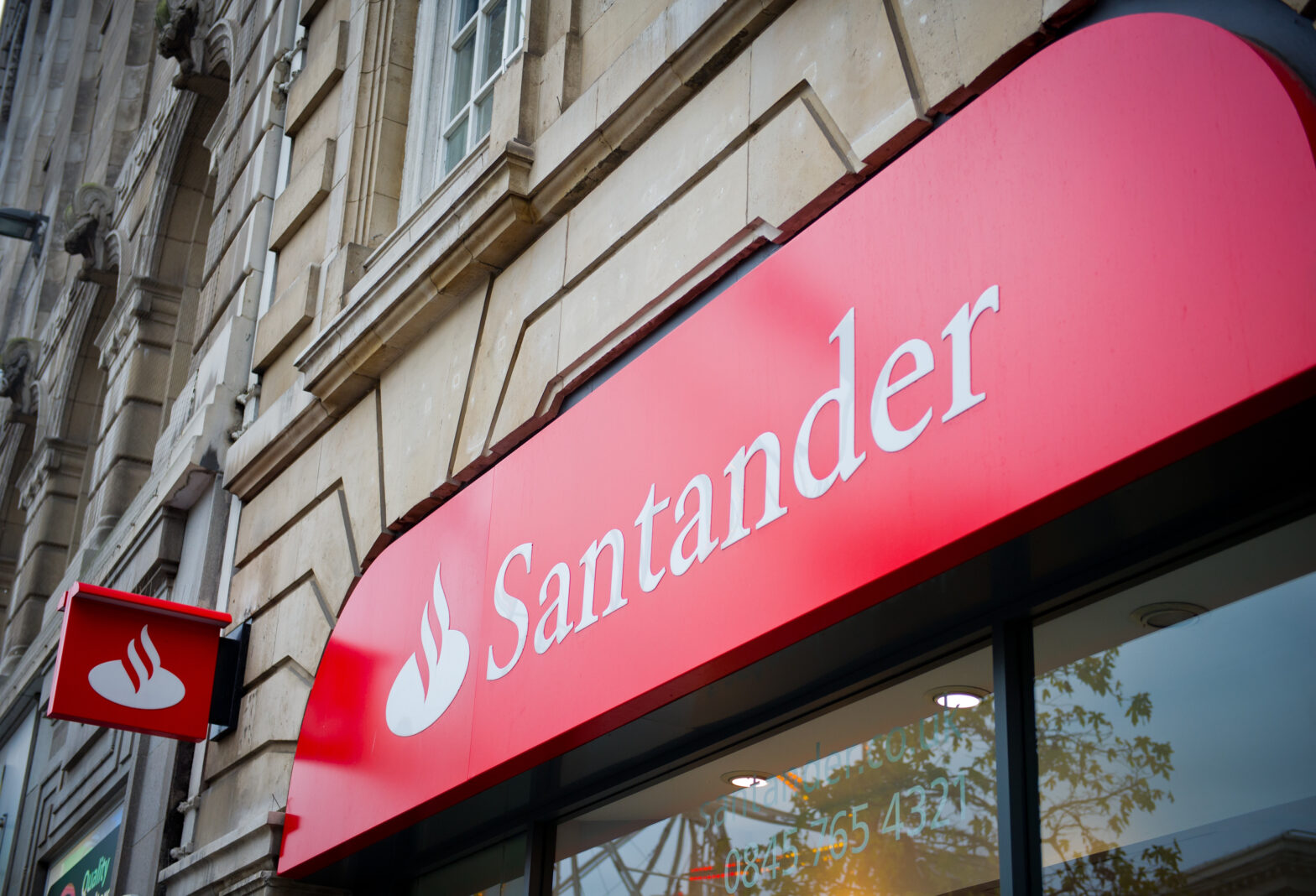A government public shaming of banks has led to funding through the Enterprise Finance Guarantee (EFG) scheme growing, new figures show.
Lending through the initiative has increased from £71.6 million through 767 loans in the third quarter of 2012/13 to £91.7 million through 885 loans in the fourth quarter.
Compared with the same fourth quarter period in 2011/12, statistics from the same three months in 2012/13 are up by £7.2 million and 92 loans.
The prompt from David Cameron’s coalition came after the government felt that the banks had been failing to make full use of the scheme to get finance out to businesses.
On the back of the shaming, Bank of Scotland, Lloyds and Santander have all posted ‘significant’ increases in the use of EFG.
Business minister Michael Fallon comments, ‘This is an important step towards increasing the finance small firms can access.
‘Some banks are working harder, and they should be recognised for that.’
However, Fallon says that it is important that the lending increase is not a one-off, and that banks must continue to improve usage of EFG.
More on the Enterprise Finance Guarantee scheme:
- EFG lending drops again and fails to help regions
- Project Merlin – A missed opportunity
- Business loan support scheme launched
Having been first launched in 2009 by the former Labour government, EFG use peaked in the same year. It has now leveraged £2.14 billion of lending to 20,903 small and medium-sized businesses (SMEs).
The process works by providing a 75 per cent government guarantee to banks’ lending, meaning that loans to SMEs which would previously have been turned down can be granted.
Changes made to EFG in the last year include: increasing turnover limit from £25 million to £41 million; replacing the £1 million per business lifetime scheme limit with a rolling £1 million outstanding limit; and a raising of the level from 13 per cent to 20 per cent of the lenders annual portfolio to which the government guarantee applies. More information on lending can be found here.






